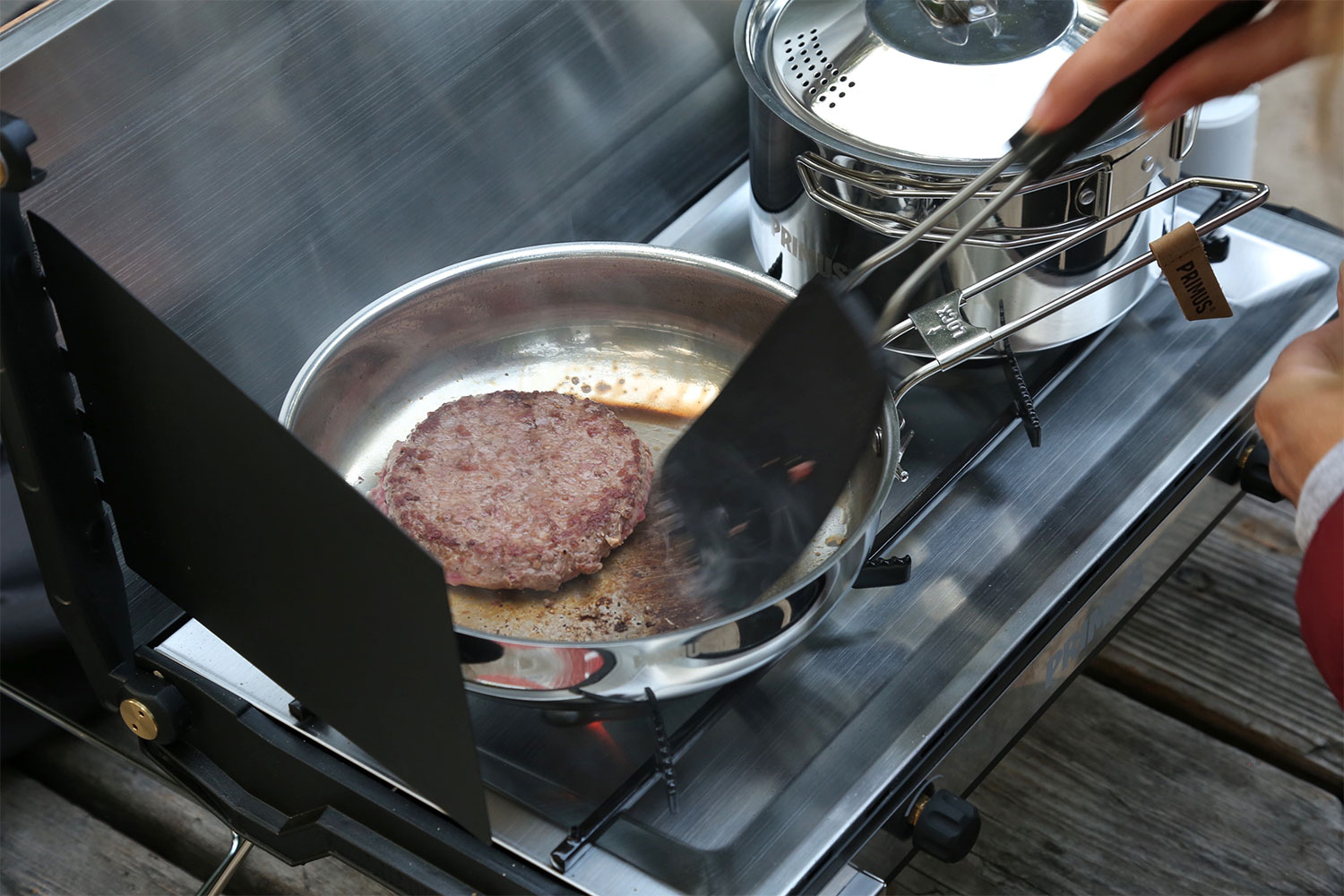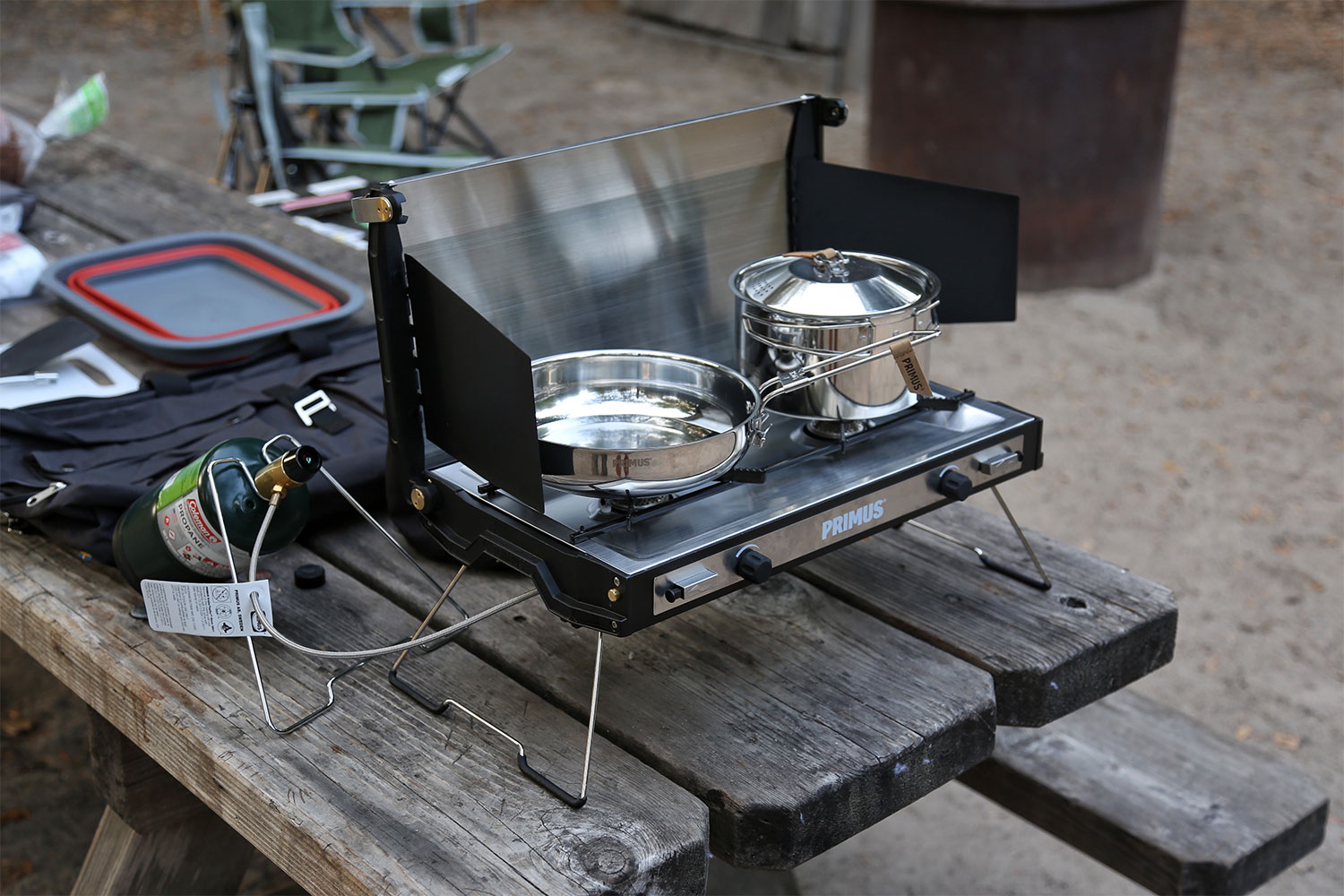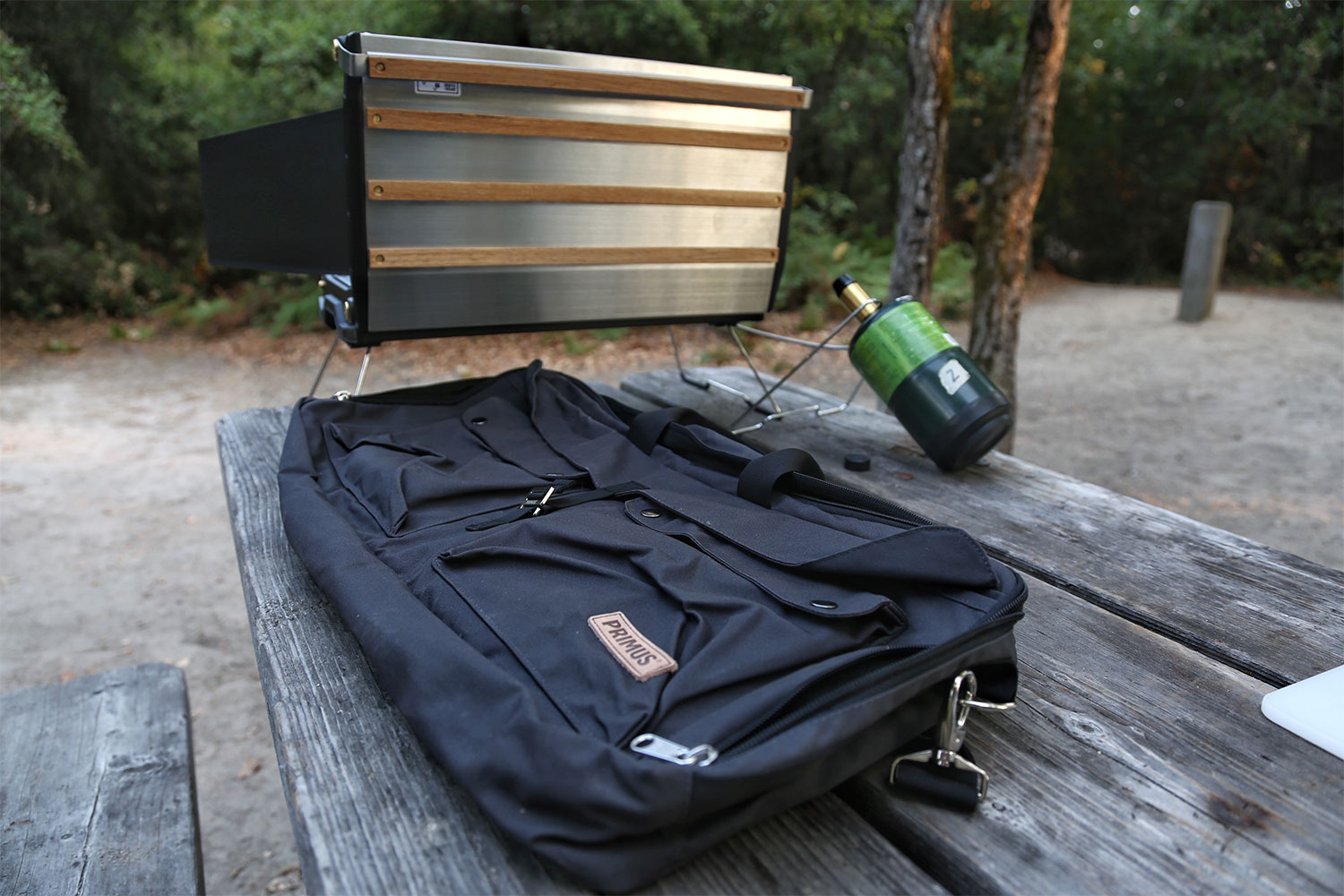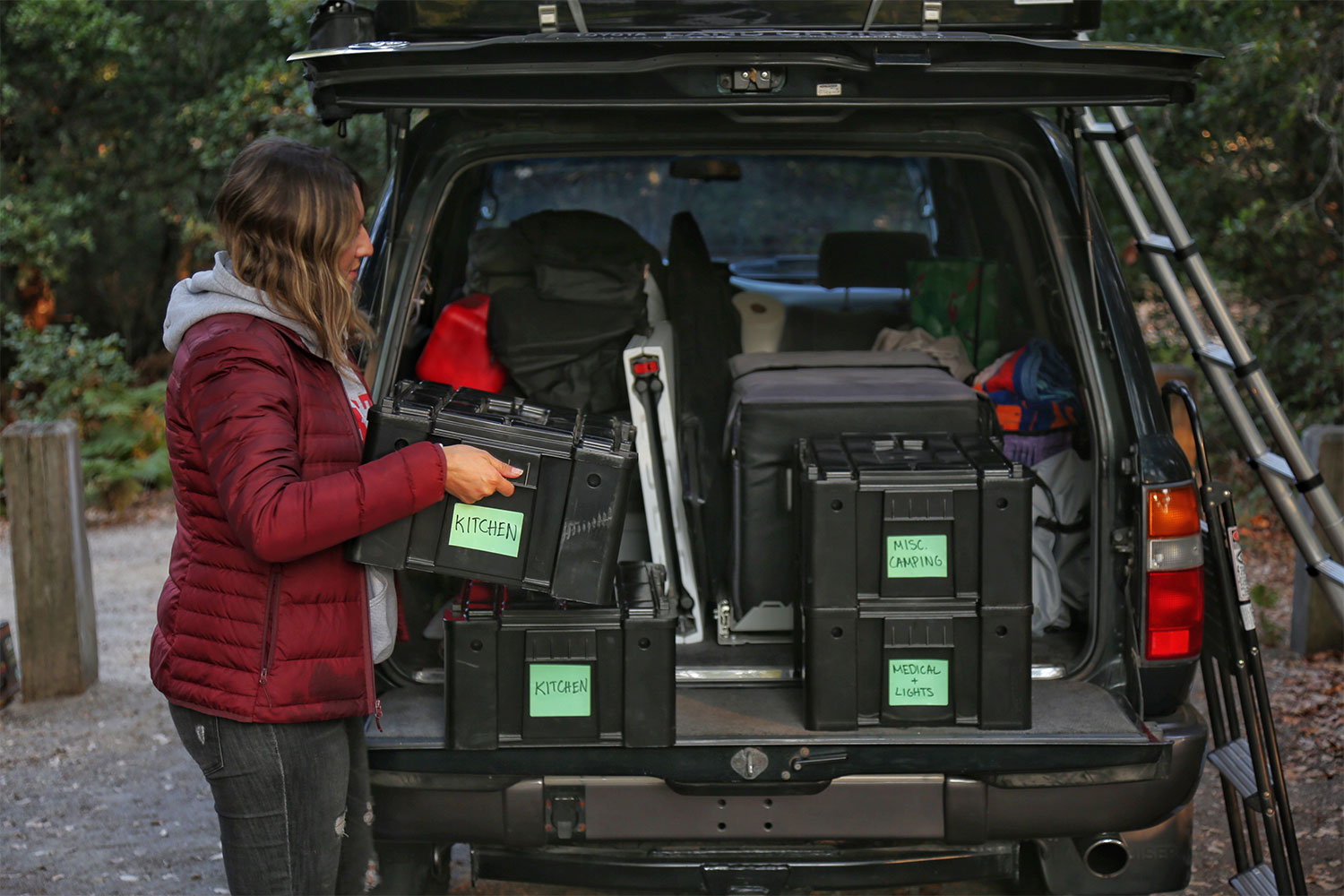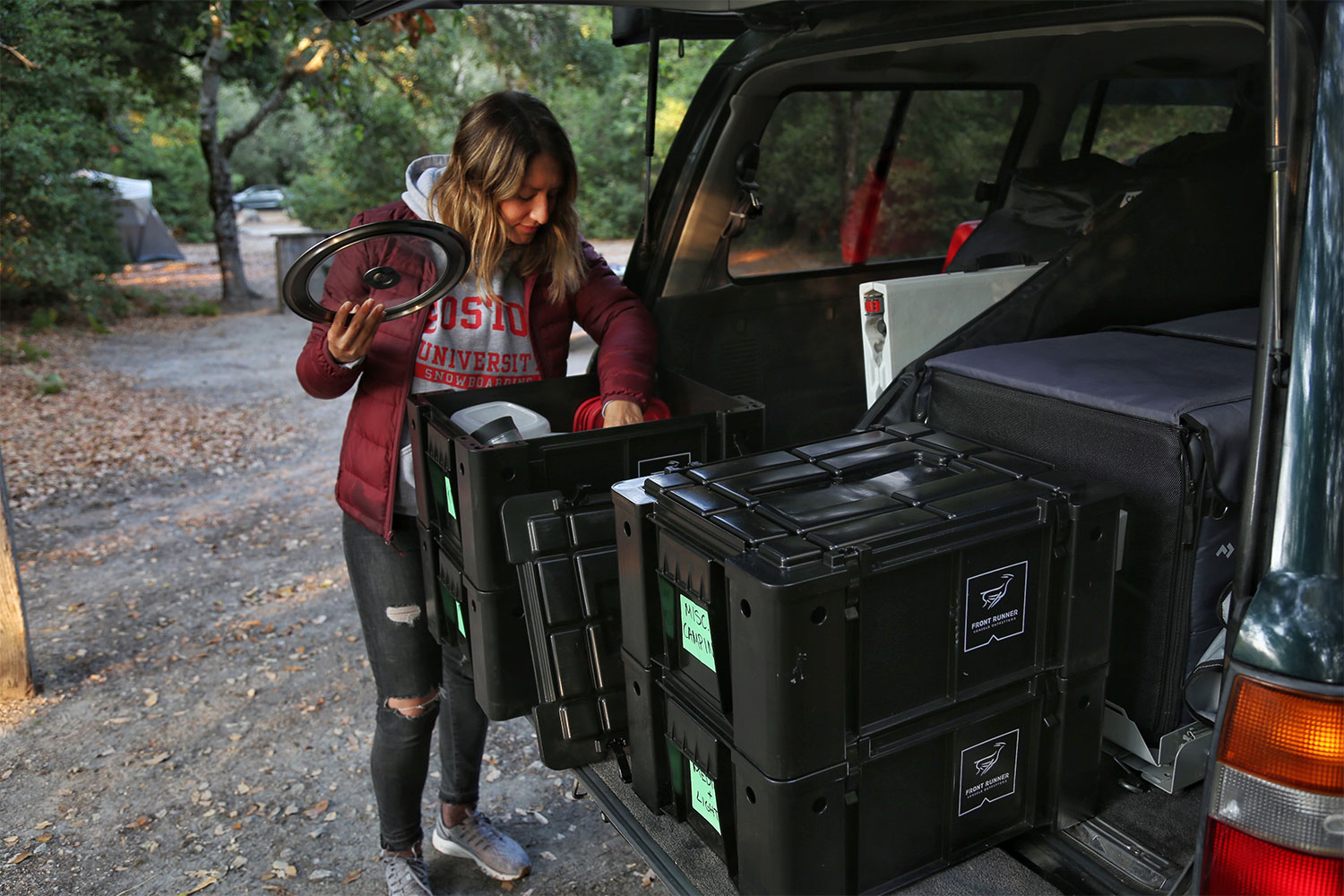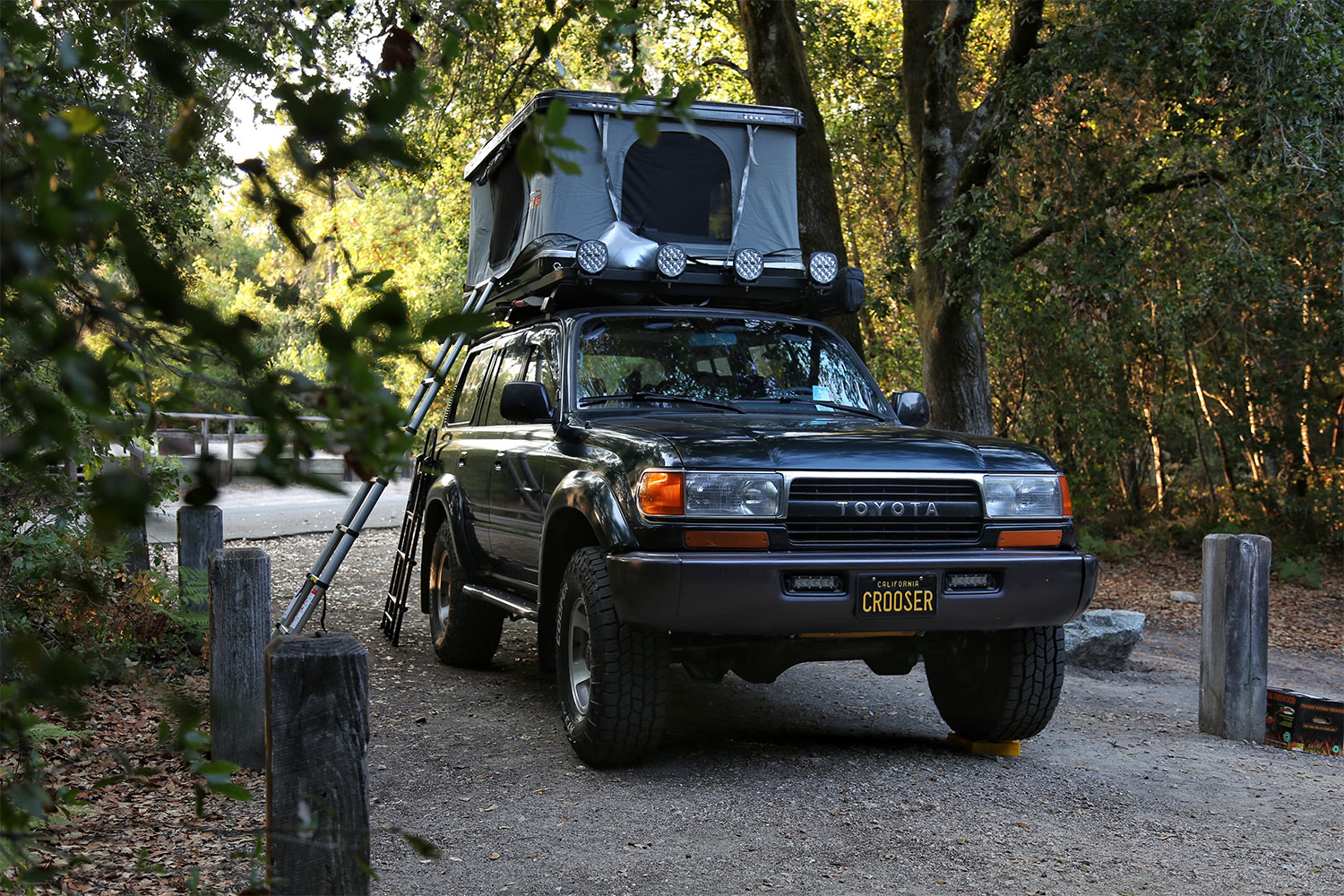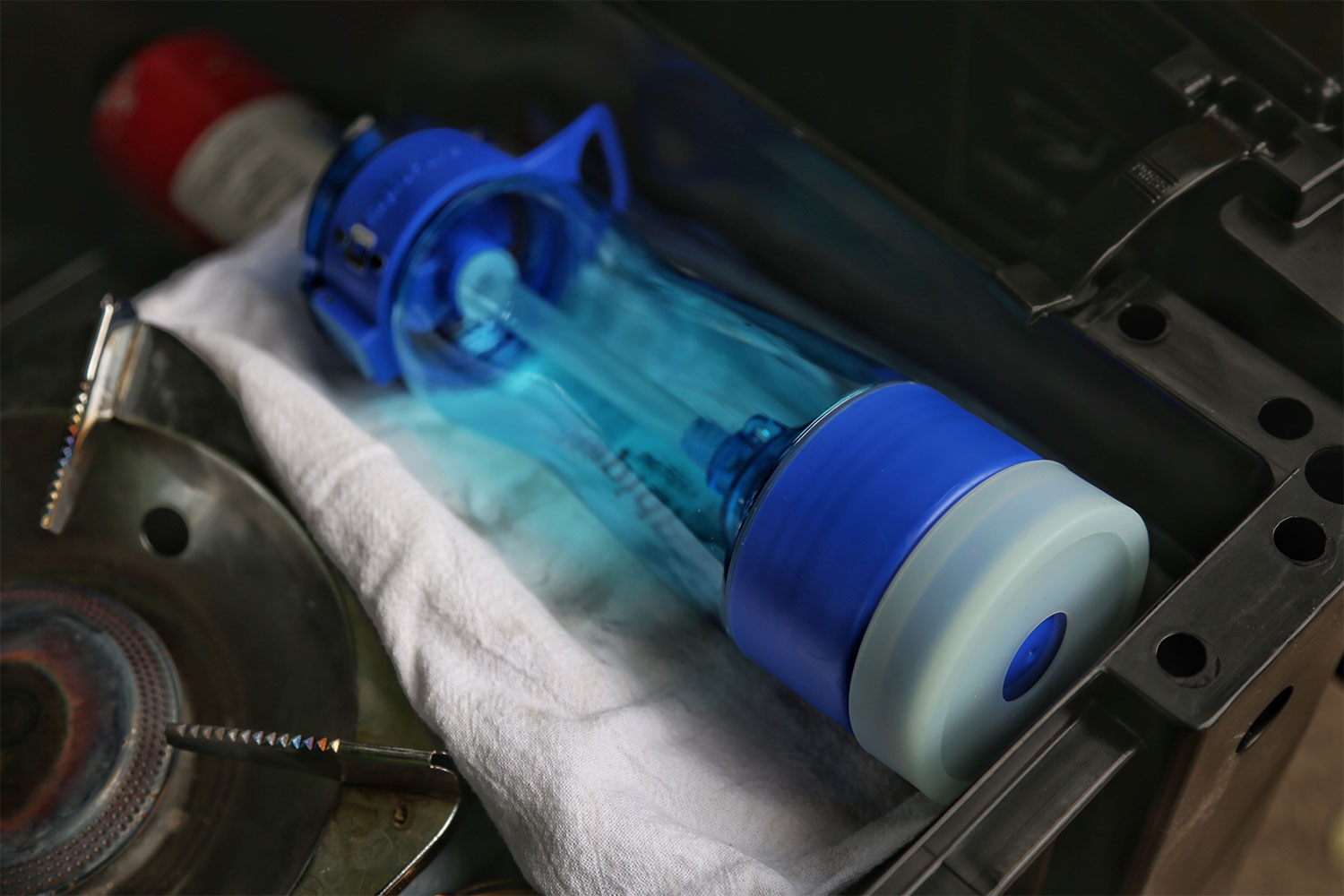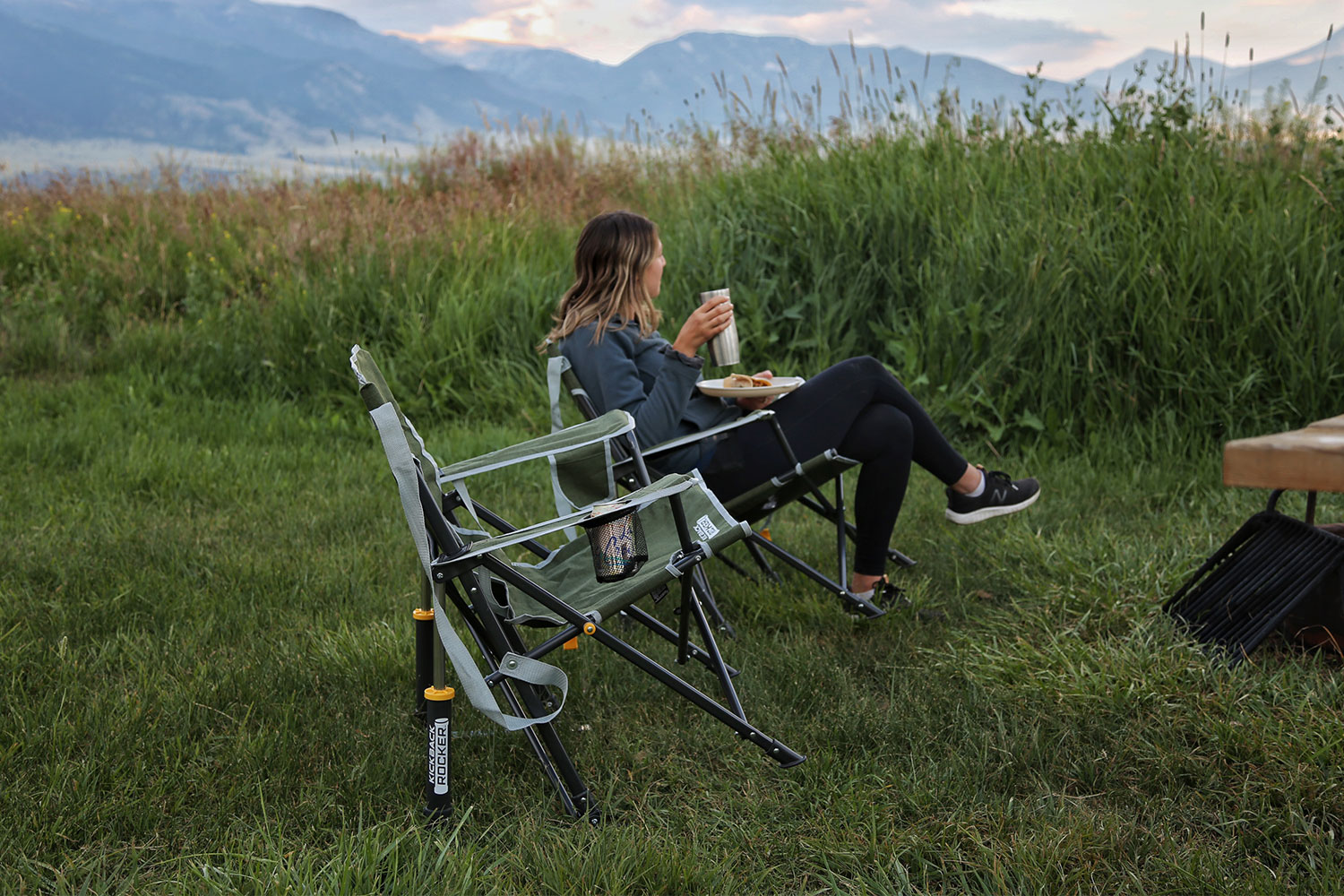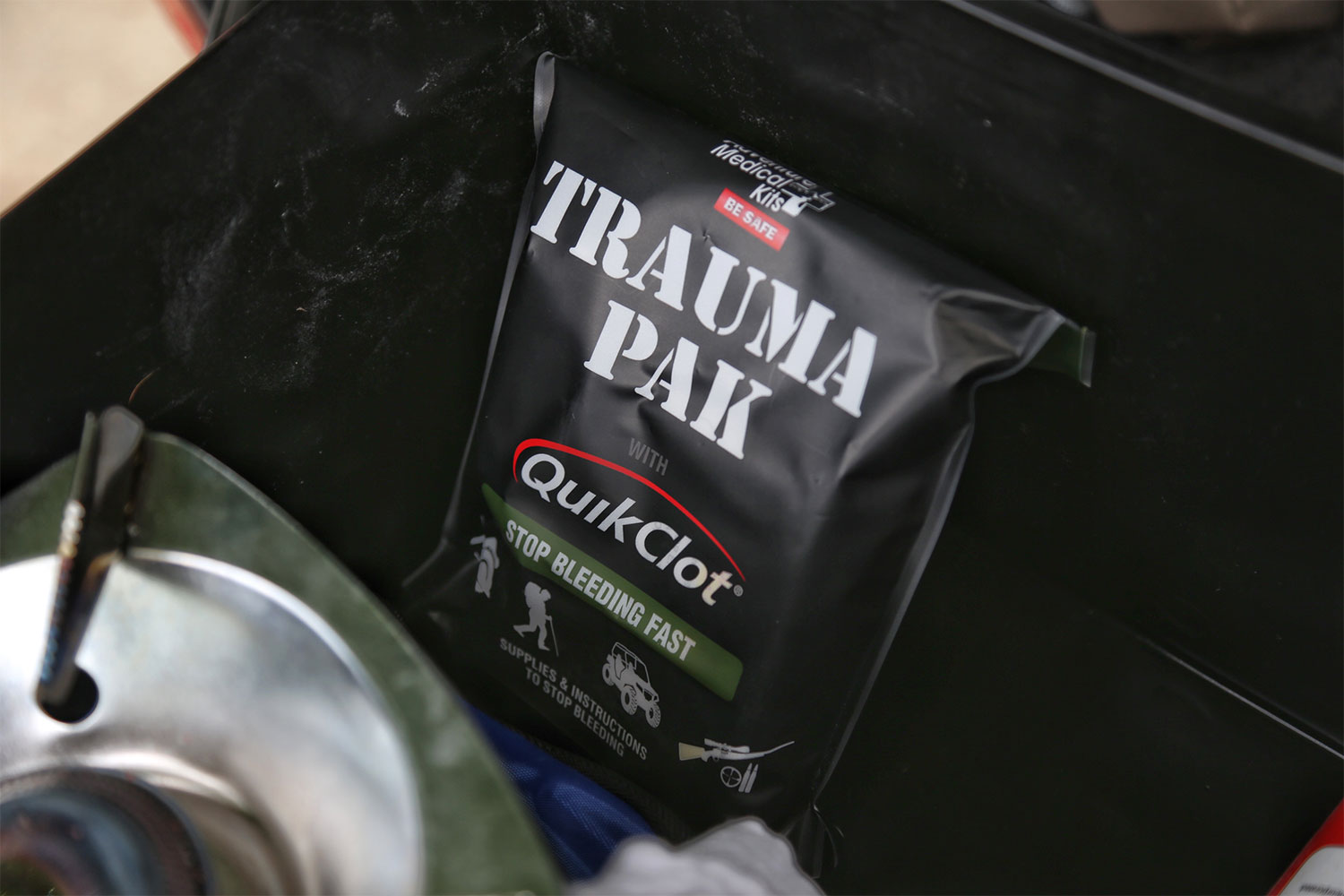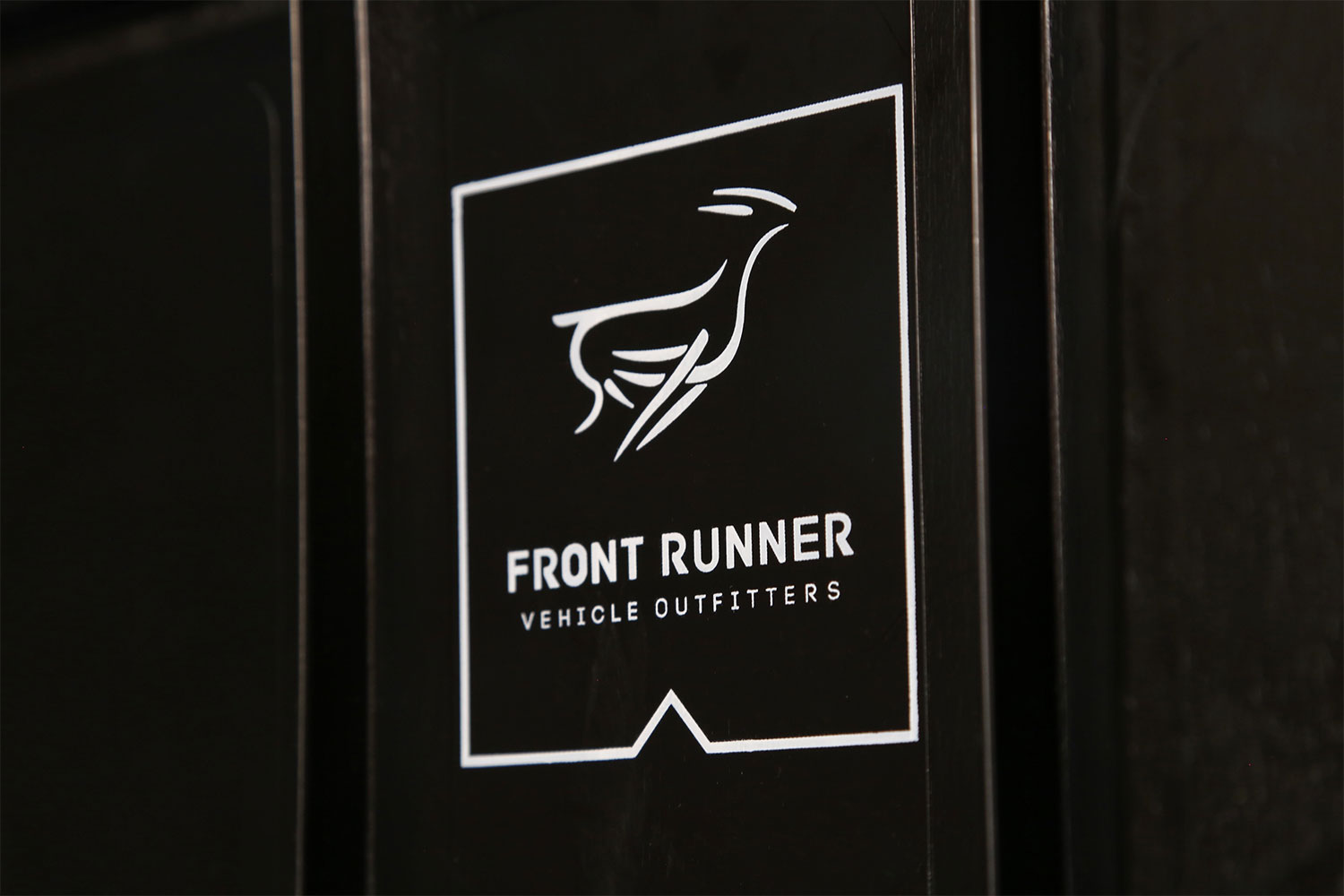This May, my wife and I welcomed the news that we’d become parents in early 2021. We rode a high of excitement as we shared the update with friends and family, but worries eventually crept in: Would our apartment be big enough; would our dog be well-behaved around the baby; would our newborn come with a detailed instruction manual?

As we prepared for a whirlwind of change, friends who had already gone through the process urged us to plan a satisfying babymoon – to spend quality time together doing something we both love. At first, we bemoaned COVID’s travel and leisure limitations; we couldn’t spare the two weeks of initial quarantine required to visit most destinations. Then a happy thought struck us: some of our best memories together were facilitated by our trusty Land Cruiser, not an airplane.
We began stenciling a simple road trip with plenty of time at each stop to relax and appreciate our expiring flexibility, but since we’ve polished our outline, there’s nothing leisurely about it. In the two weeks allotted, we plan to cover 3,000 miles with no more than a single night spent at each site. If we haven’t killed each other by the end of the trip, we reason, we’ll be ready for parenthood.
Thankfully, timing for our babymoon couldn’t be better. At 17 weeks pregnant, my wife is beyond the stages of morning sickness, but hasn’t quite arrived at the sheer exhaustion of the third trimester. Save for an abundance of snacks and shorter hikes, little about our packing list or itinerary errs from the norm. All cookware and emergency supplies, including Adventure Medical’s water purifier bottle and a QuickClot kit, fit neatly into Front Runner Outfitter’s stackable, locking Wolf Pack bins, making room for our Dometic fridge, recovery gear, and clothing.
Winding up the California coast, our journey is off to a stunning start. Miles of shoreline transform from flat, sandy beaches into towering cliffs beaten by thundering waves. Our first night is spent in Santa Cruz amidst overgrown trees and sweet-smelling air. We waste no time experimenting with the Primus Tupike stove and stainless steel cookset. Lightweight, self-igniting, and wickedly powerful, the stove readies our food so quickly that I’m still off-loading when my wife indicates it’s time to eat.

Our morning is spent among the Redwoods as we meander through Big Basin State Park, craning our necks to see tree tops some hundred feet above. Onward our Land Cruiser soldiers to the next vista: Crater Lake, Oregon. Formed 7,700 years ago by volcanic eruption, accumulated rain and snow now comprise the deepest lake in America – some 1,949 feet within the collapsed peak. We stare into the placid water, mesmerized by the richness of its blue. The sinking sun and my wife’s growing hunger eventually usher us back to the truck in search of camp.

We pass through Bend and Portland en route to the suburbs of Seattle, WA. Flowing rivers, countless trees, and the occasional snowcapped peak decorate our drive. We much prefer the greenery-lined highways of the Pacific Northwest to Orange County’s concrete maze. At last, we rendezvous with some friends at Snoqualmie Falls to gape at its 200-foot display. I count eight seconds of freefall from cliff to pool while attempting to grasp its scale.

After five days heading north, we turn east. Coeur d’Alene Lake follows the gradual change of Washington’s landscape from forests to farmland. Once arrived, we permit ourselves a day and a half of leisure, including a proper shower and a night of restful sleep at an Airbnb. Rejuvenated (and a bit tanner thanks to some time spent floating on the lake), we pack up and continue on.
Glacier National Park isn’t very deep into Montana and a portion of the park falls under the dominion of our Canadian neighbors. It’s no surprise, then, that the lushness of its acreage reminds me of British Columbia. Snow clings to hillsides, rivers and creeks flow incessantly, and wildlife amble freely. Going-to-the-Sun Road affords stunning scenery along its route, including surprise encounters with mountain goats and a ram that lost its way within the Logan Pass parking lot.
After spending the night on National Forest land just outside the park, we return for another taste of raw beauty and a short hike along McDonald river. Still groggy, we pause in the picnic area to brew up some coffee. Heating the featherweight Primus tea kettle in little more than a minute, we steep our French press and sip its nectar while taking in the morning. Before exiting the park, my wife and I commit to a return visit with our future kiddo.

It’s a long drive to our next stop, Yellowstone National Park, so we plot Ennis Lake as our midway point and next campsite. We arrive earlier than our now-habitual sunset or post-sundown landings, giving us time to cook a heartier meal and lounge. While not the most breathtaking lake, Ennis gives us a good show with mountains at its back and a crimson red sunset. My wife and I tilt back and forth on GCI Kickback Rocker chairs, trying not to laugh as amateur water-skiers faceplant again and again (we’ll be good parents, right?).
The national park tour continues following a brief trek from Ennis to Yellowstone’s west entrance. After re-opening earlier this summer, America’s first national park is far less trafficked than during normal summers, allowing us to cruise in without delay. It isn’t long before we encounter our first wildlife. Out of the corner of my eye, I catch brown-orange fur and a white tail among the trees. Pulling the Cruiser to one side, I grab my camera and hunt for a better glimpse of the doe. Making as little noise as possible, I come upon the lithe figure peering up from its lunch of grass. Still 100 yards away, I yearn for a longer lens, but capture what I can before it moves along.
Deeper into the park, we admire colorful hot springs, geysers, and falls. Bison roam in giant herds through Lamar Valley, occasionally wandering on their own as if by rogue impulse. Of course, no visit to Yellowstone is complete without an audience with Old Faithful. Propelling water over a hundred feet high for three minutes straight, the storied geyser doesn’t disappoint.
We find a campsite near Alpine, Wyoming with just enough daylight left to each take a turn rinsing the past few days of grime from our bodies via Front Runner’s Shower Arm and a Reliance 5-Gallon jug. It isn’t a long hot shower, but it’s enough to perk us up and ease us to sleep.
Though we can only imagine their beauty in winter, the Grand Tetons tower majestically as we roll towards Jackson, WY. Pausing no fewer than five times to photograph the peaks with different foregrounds and in different light, we finally arrive at Jenny Lake for lunch. Our spontaneous urge to kayak along the lake is satisfied by an available rental and the breezeless day makes for easy maneuvering for my increasingly fatigued wife. Viewed at water level, the Tetons are more impressive than ever (more photos ensued).
We pause briefly in Jackson, where the bustling downtown sets an unwelcome contrast to the last week and a half of sparsely populated exploration. A return trip post-COVID, when winter has blanketed the area in snow will no doubt change perspective.
Two more nights of camping bring us to Zion’s red cliffs and orange valleys. Nearly two weeks on the road with just a single night spent on more than a couple inches of foam have taken their toll, but it’s the 106-degree temperatures that really drain us. We had planned on either early morning or evening hikes through the park, but my wife pulls her pregnancy card (and I’m smart enough not to disagree). Instead, we hide within the air-conditioned truck, appreciating the weather-molded landscape from behind tinted glass. I brave the heat a number of times for a better photo, but resolve to return in more merciful weather.
We arrive home exhausted, but satisfied. A beach vacation would certainly have been easier, but decidedly less “Carpe Babymoon.” Not only didn’t we kill each other after sharing the same air for two weeks straight, we found new things to appreciate about one another and crafted memories to share with our little one. Mission accomplished.
